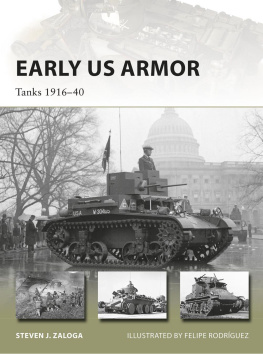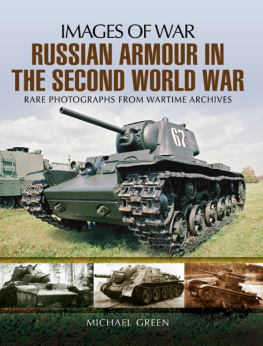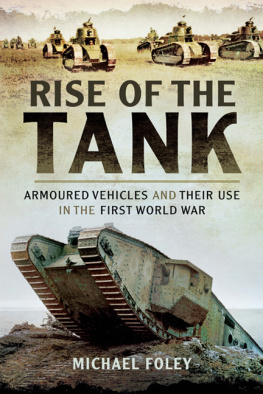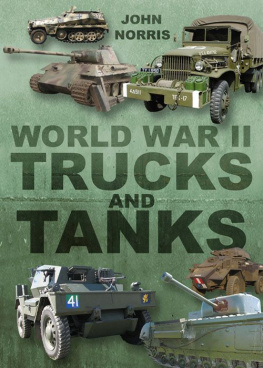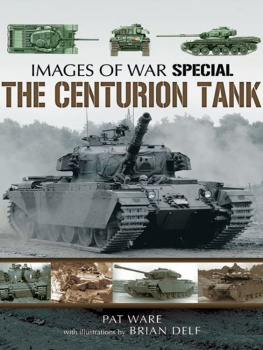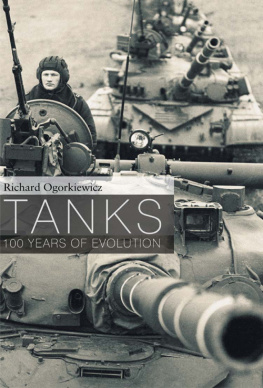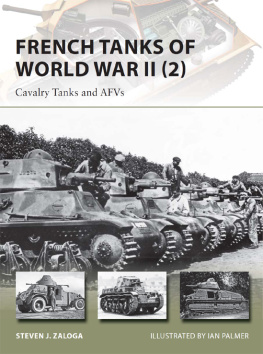

First published in Great Britain in 2011 by
PEN & SWORD MILITARY
an imprint of
Pen & Sword Books Ltd,
47 Church Street,
Barnsley,
South Yorkshire
S70 2AS
Text copyright Pen & Sword Books, 2011
Photographs copyright as credited, 2011
A CIP record for this book is available from the British Library.
ISBN 978 1 84884 500 8
eISBN 978 1 78303 837 4
All rights reserved. No part of this book may be reproduced or transmitted in any form or by any means, electronic or mechanical including photocopying, recording or by any information storage and retrieval system, without permission from the Publisher in writing.
Typeset by Chic Media Ltd.
Printed and bound by CPI UK.
Pen & Sword Books Ltd incorporates the Imprints of
Pen & Sword Aviation, Pen & Sword Family History, Pen & Sword
Maritime, Pen & Sword Military, Pen & Sword Discovery, Wharncliffe
Local History, Wharncliffe True Crime, Wharncliffe Transport, Pen &
Sword Select, Pen & Sword Military Classics, Leo Cooper,
The Praetorian Press, Remember When, Seaforth Publishing and
Frontline Publishing.
For a complete list of Pen & Sword titles please contact
Pen & Sword Books Limited
47 Church Street, Barnsley, South Yorkshire, S70 2AS, England
E-mail: enquiries@pen-and-sword.co.uk
Website: www.pen-and-sword.co.uk
Contents
Introduction
The tank made its first appearance on the Western Front in 1916, but it was to be another two decades before the strategies of tank warfare reached some sort of maturity. By 1939/40, German Blitzkrieg tactics showed what tanks and infantry could achieve in the hands of well-trained commanders who understood their strengths and weaknesses. Although the Wehrmacht were generally the masters of tank warfare, it is interesting to consider how each of the major combatants approached the question of tank design during this period.
As you might imagine, the Wehrmacht took a rational and organised approach. Between 1939 and 1945, disregarding captured enemy tanks, Germany deployed just six major types of tank, designated Panzerkampfwagen (PzKpfw) I to VI , with logical modifications and improvements bringing changes in firepower and protection. For example, PzKpfw I was a light tank armed with two 7.92mm machine guns, whilst the PzKpfw II was equipped with a 20mm gun. The medium PzKpfw III of 1937 was the primary weapon of the German Panzer divisions and was armed with a 37mm, and then a 50mm, gun. It remained in production until 1943. The medium-weight PzKpfw IV and the heavy/medium PzKpfw V Panther, were both armed with a 75mm gun, as was the first variant of the PzKpfw VI Tiger. The second iteration of the PzKpfw VI , the Knigstiger , was equipped with the fearsome 88mm gun.
The US Army was possibly even slower off the mark in developing modern tanks than Britain, and in 1939/40, the standard US tanks were the light M1 and M2, and the medium M2. However, for most of the war, production was concentrated on the M3/M5 Stuart light tank and the M4 Sherman medium and, as the war progressed, the US Army preferred to continue to produce large numbers of what were, generally, compromised designs rather than disrupt production in search of perfection.
Although some M2 light tanks came to Britain for training, the type never saw combat and was superseded by the M3/M5 Stuart, armed with a 37mm gun, even before the USA was involved in the conflict. By 1943, the M3/M5 was obsolete and was superseded, in turn, by the M24 Chaffee, which mounted a 75mm gun. The medium M2, also armed with a 37mm gun, quickly gave way to the curious M3 Lee/Grant with both 75mm and 37mm guns, but best known in this class, and the second most numerous tank of the conflict, was the M4 Sherman. Early Shermans mounted a 75mm gun, but this was subsequently replaced by a 76mm weapon; the British also mounted a 17-pounder (76.2mm) gun on the Sherman in a new turret. US heavy tanks included the M6, armed with both 3in and 37mm main guns, but built in very small numbers, and the M26 Pershing, with a 90mm gun, but which came too late in the war to see any action in Europe.
The Soviet Union was similarly slow to respond to the challenges of designing modern tanks and, although the Red Army received Lend-Lease supplies of both British and American tanks, with one notable exception, the Soviet-designed tanks of the period were essentially pre-war designs. The BT series were fast medium tanks based on the designs of the American J. Walter Christie, and was armed with a 37mm, and then a 45mm, main gun; the design dated back to 1935, but the BT-7 remained in production throughout the war. The T-28B medium tank was inspired by British multi-turret machines of the 1930s and was armed with a 76.2mm main gun, but was inadequately armoured. The T-32 and T-35 were heavy tanks, with a 76.2mm main gun, but were unsuccessful due to their sheer size.
The most successful of the Soviet designs was the T-34, which many regard as the best all-round tank design of the war. Armed initially with a 76mm gun but latterly with a more powerful 85mm weapon, the crude, but undeniably effective, T-34 was able to engage the German tanks on a more-or-less equal basis and, with almost 40,000 examples produced, it was the most numerous tank of the conflict.
Having developed the concept of the tank to the point where it had some effect on the outcome of the First World War, you might be forgiven for thinking that Britain would have had the edge in tank design. Sadly, this was not the case! During the early years of the war, British tanks were generally not as well armed nor as well protected as their German counterparts. Rather than concentrating on a small number of designs, and developing these to the point where they were reliable, the British tank factories produced a multiplicity of often outdated and unreliable machines that reflected the questionable strategy of producing separate cruiser and infantry tanks.
Between 1939 and 1945, the British Army had access to some twenty indigenous tank designs, some of them so poor that they were never to see combat, together with Lend-Lease supplies of the American Stuart, Lee/Grant and Sherman tanks. Most numerous of the home-grown tanks was the Valentine, a private venture from Vickers-Armstrongs which accounted for almost one quarter of British tank production during the war years. Others procured in large numbers included the Churchill, the Cromwell and the outdated Matilda. The standard British anti-tank gun in 1939 was the 2-pounder (40mm) and when this proved to be inadequate against the better-armoured German tanks, it was replaced by either the British 6-pounder (57mm) or the American 75mm gun, both of which packed more punch. However, none of these could compare with the German 75mm and 88mm guns and it was not until 1944, when the Comet was fitted with a 77mm gun, that a British tank could finally face the Germans on a more-or-less equal footing... and just 1,186 Comets were constructed, all of them too late for D-Day and the battle for Normandy!
Nevertheless, the British continue to exhibit a love of the underdog and it is our knack of snatching victory from the jaws of defeat, against all the odds, that makes British tank design so fascinating.
Chapter One
The Development of the Tank
Although there had been experiments with armoured traction engines and ammunition road trains during the Boer War, the modern armoured fighting vehicle (AFV) is less than 100 years old. The first design for what could be considered a tank was mooted by a French Army captain in 1903. This was subsequently abandoned, as was a later design produced in Austria. British tanks first saw action in 1916 and, by the end of the First World War, the tank was in service with the armies of Britain, France, Germany, Italy and the USA.
Next page

